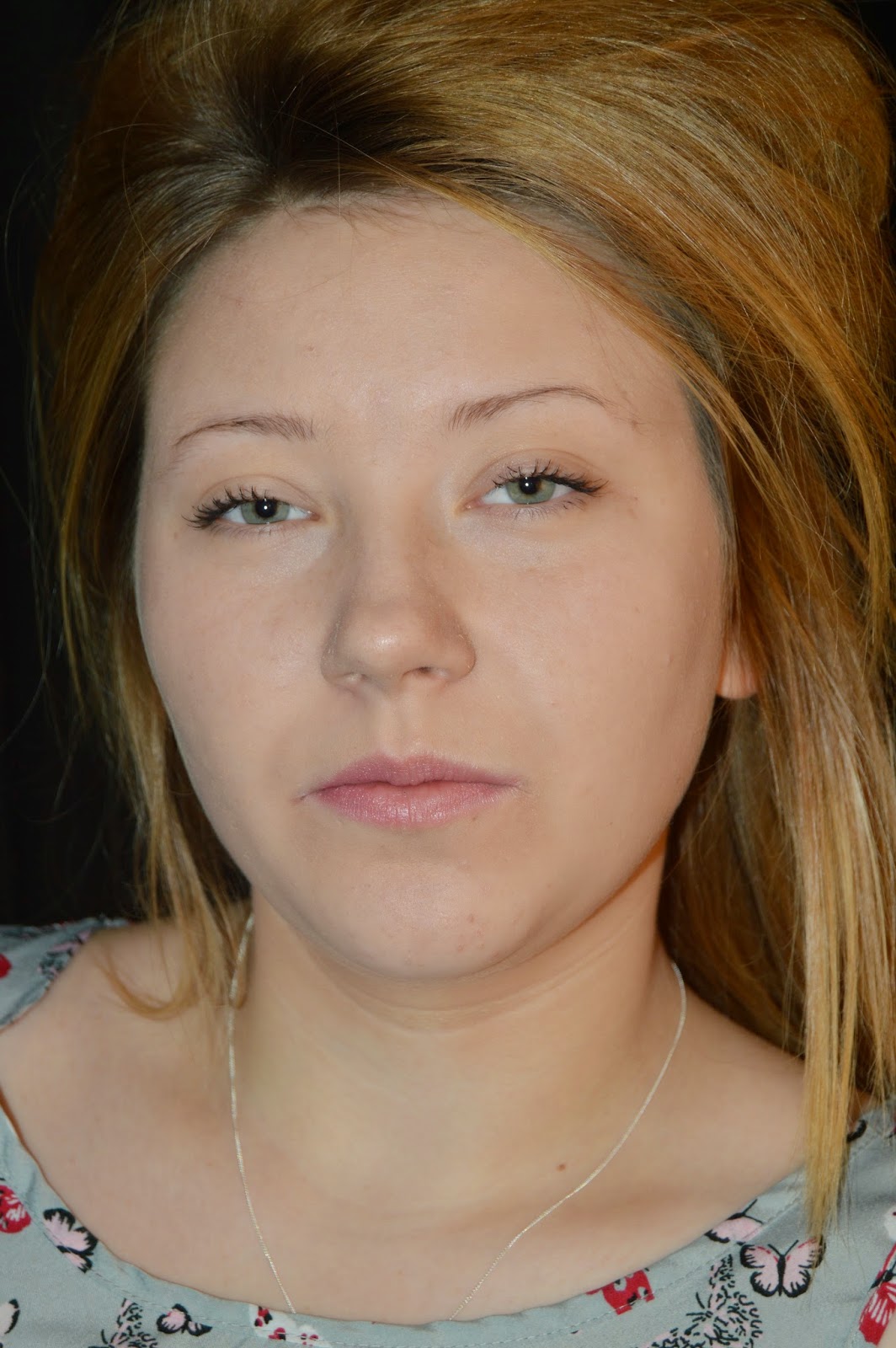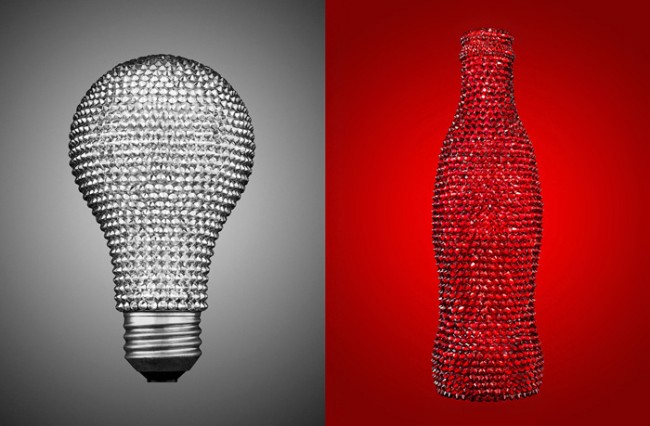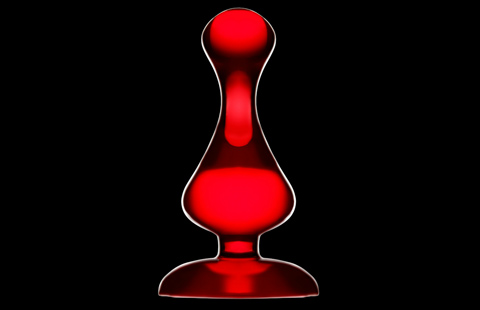Why did I involve a mirror?
The reason on why I decided to carry out the shoot with the mirror underneath the glass was to give it a reflection and extra depth.
Why did I involve light painting?
I involved light painting to make the still image stand out with the bright, powering lights that circled around the plain, uninteresting glass.
The image that is shown below is the image on my ideas which I did before I took the shoots. I saw this image when I was researching the possibilities that I could do that would make my final image look great. I have gone of this picture for my outcome but I have made it different so they were not the exact same.
I have took numerous of photos to show a 'process' of me developing my ideas. (This will be shown below)

The photo that I chose to edit

I chose this photo out of the others purely because I think the light painting and the black background compliments the glass well. I think it gives it a 'warm' feeling unlike if I chose the one with the blue lights which would give a more 'cooler', 'cold' feeling. I didn't edit a huge amount of this photo as I quite like it the way it is but I upload this photo into Photoshop and cropped it where the picture is even, meaning everything is in the centre. Once I did that I then moved onto moving the 'saturation' slightly higher whilst moving the 'contrast' slight down to make the background darker. Once I modified the way I liked it I then went onto 'blending' and used 'dissolve' and this is my final outcome. (shown below)













































